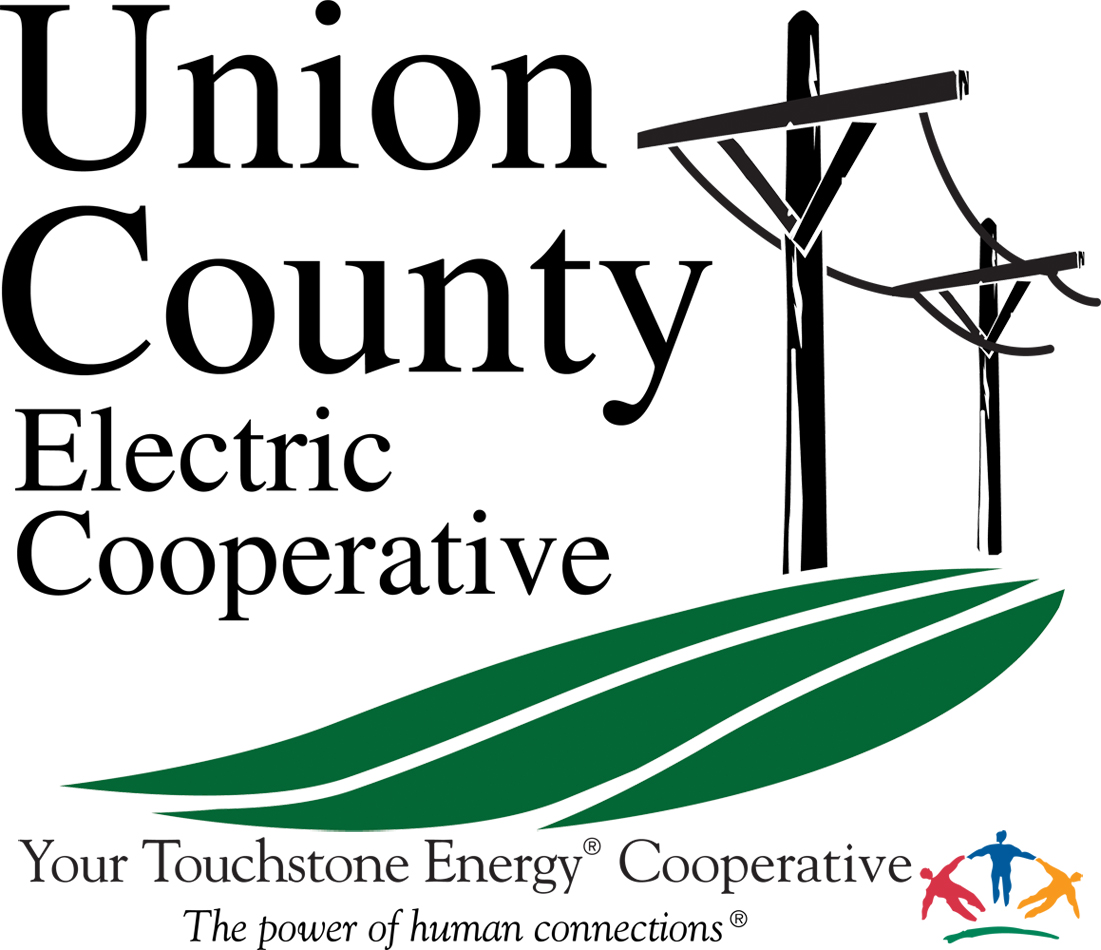Balancing Electricity Supply and Demand
Electricity is essential for nearly every aspect of daily life––so essential that we rarely think about how it’s produced and delivered to our homes. You might be surprised to learn that behind the scenes, a network of experts is working daily (and even by the minute) to anticipate how much electricity you need before you even use it.
We’re all connected to the electric grid, so ensuring the right amount of electricity for all involves a complex process of forecasting energy demand, planning for capacity and securing enough supply to meet Americans’ needs.
Powerful sources
First, electricity must be generated at a power plant using either traditional sources, such as coal, natural gas or nuclear energy, or from renewable sources, such as solar, wind or hydropower.
At Union County Electric Cooperative, we work closely with East River Electric, our local wholesale power partner, to secure enough electricity for our communities, using a diverse mix of energy sources to generate the power we deliver to your home or business. By maintaining a diverse energy mix— coal, natural gas, wind, solar and hydropower — Union County Electric Cooperative has options to ensure reliable power at a competitive cost.
On a larger scale, across the country, electricity supply and demand are managed through a market that includes long-term planning agreements, where electricity is bought and sold just like other common goods and services. Because Union County Electric works with our wholesale power partner, which is also a cooperative, we are able to pool resources and expertise to deliver affordable power to our local communities.
Electricity supply changes throughout the day because demand fluctuates based on consumers’ needs. For example, Union County Electric knows that we need to ensure more electricity in the mornings when you’re starting your day, and in the evenings when you’re cooking dinner, running appliances and watching TV. Demand also increases when weather patterns change, such as extremely warm or cold temperatures.
Managing supply and demand across the grid
Across the country, other electric utilities are managing the same task of balancing supply and demand, which is why we have a larger network of key players in place to ensure enough power is delivered across the grid.
In our case, the Southwest Power Pool (SPP), which is our regional transmission organization (RTO), monitors the amount of electricity generated and how much is sent to our specific areas. SPP acts as air traffic controllers for the electric grid. They forecast when you, your neighbors and communities across a large region will need more power. These organizations take measured steps to ensure there’s enough supply to meet demand.
Looking ahead
As the energy sector undergoes rapid change, it’s important for all consumers to understand the basics of electricity supply and demand.
Electricity use in the U.S. is expected to rise to record highs this year and next, with the demand for electricity expected to at least double by 2050. At the same time, energy policies are pushing the early retirement of always-available generation sources, which will undoubtedly compromise reliable electricity.
Union County Electric remains committed to providing affordable and reliable energy to the members we serve. That’s why we are preparing now for increased demand and other challenges that could compromise our local electric supply. Beginning in 2025, we will start printing the amount of demand, or grid capacity that you are requiring each month for us to serve your home, farm or business. Energy efficiency is still one of the best financial investments a homeowner can make. By paying attention to the grid capacity amount printed on your bill and learning how to reduce the demand, you can take small steps to help control costs. Over the coming year, we will provide tips that you can take to help you control the demand you put on the grid.
Until next month, stay safe and God bless.
Quote of the Month: “There is a better way for everything. Find it.” – Thomas Edison, Inventor
